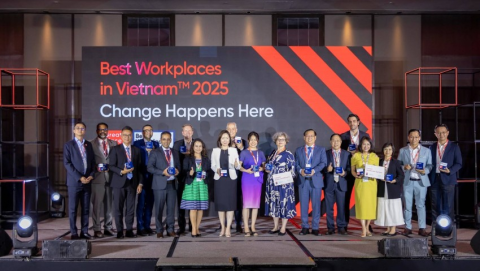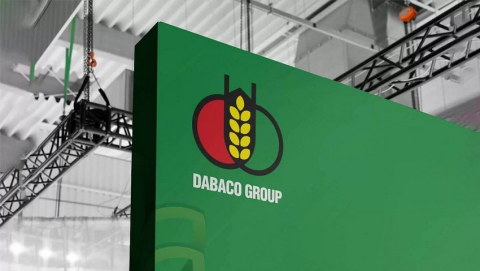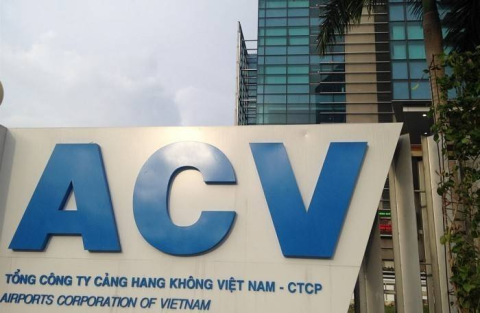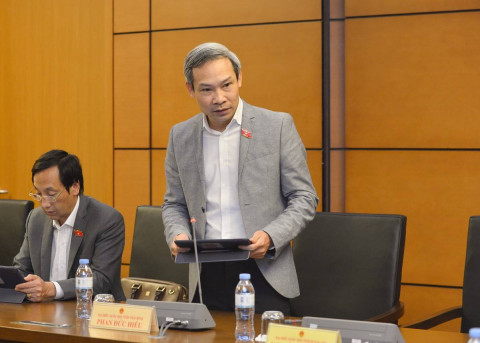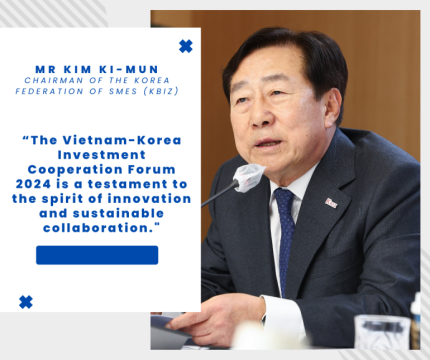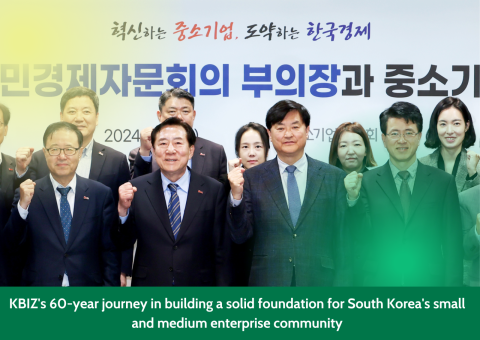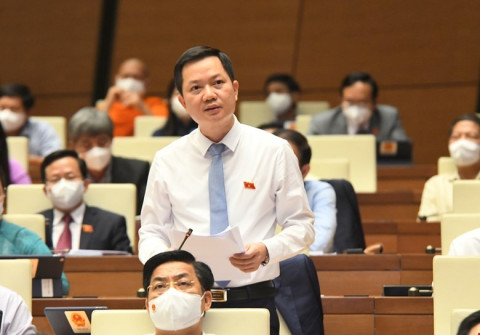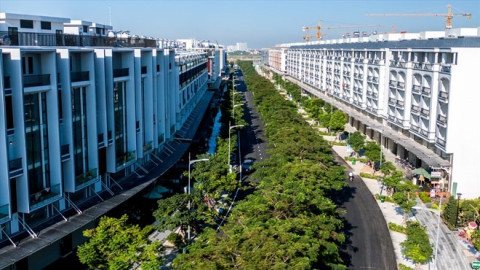Asian airlines' competition to use "green" jet fuel
- 112
- Enterprise
- 04:07 23/07/2022
DNHN - As the global aviation business recovers from the damage caused by the COVID-19 epidemic, Asian airlines are experimenting with lower-carbon fuels to lessen the impact on the airline industry.
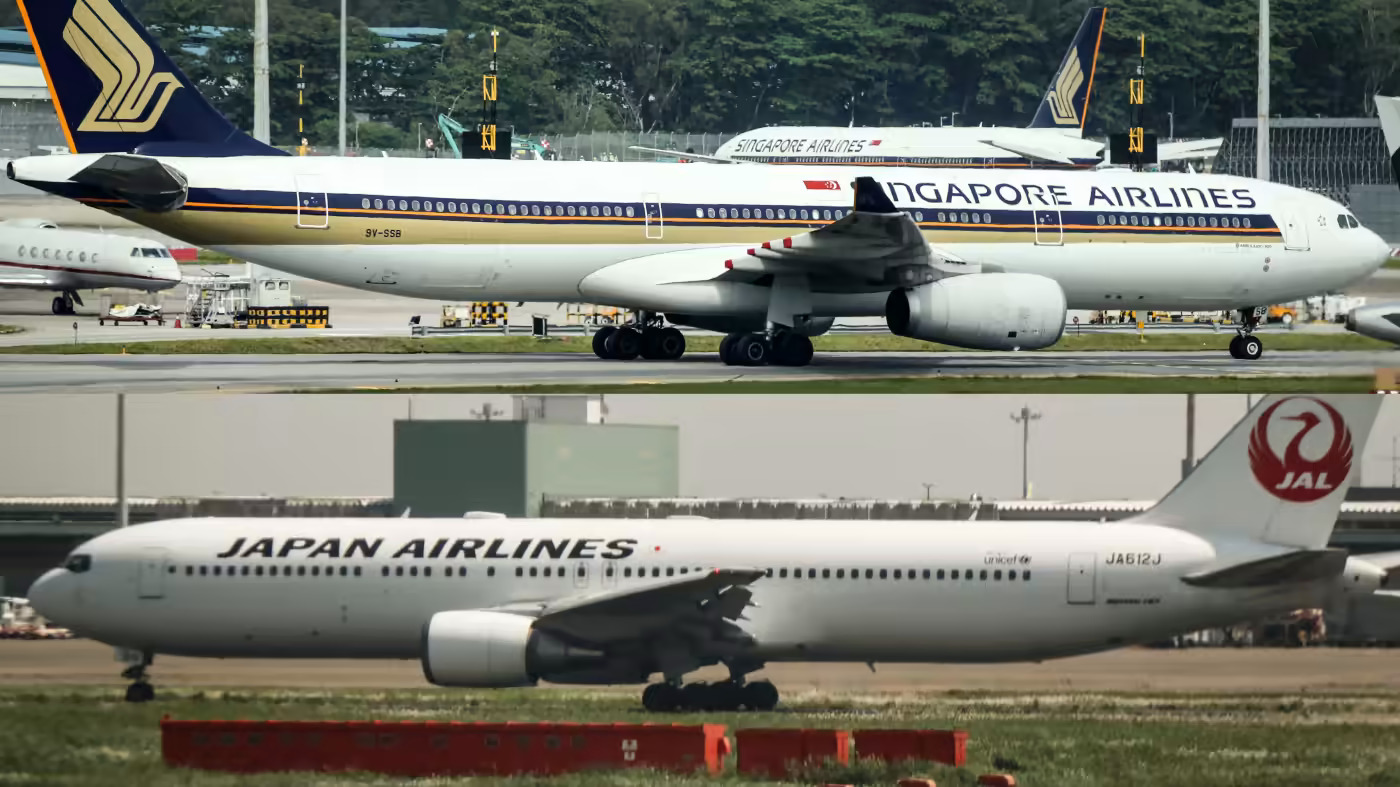
In early July, Singapore Airlines revealed that it has begun testing the usage of sustainable aviation fuel (SAF). Sustainable aviation fuel, sometimes known as biofuel, is a non-polluting alternative to fossil fuels (the main fuel in the rail and aviation industries).
SAF is made using sustainable resources rather than petroleum, such as bio-derived waste oil, agricultural wastes, or non-fossil CO2. Neste, a Finnish business, presently supplies the majority of SAF. The corporation has established a goal of lowering carbon dioxide emissions by 2,500 tons by 2050, intending to reach zero emissions by then.
Flights leaving the nation, including those operated by the low-cost airline Scoot, will use cleaner fuel. "SAF is the decarbonisation lever," said Lee Wen Fen, Senior Vice President of the airline. "This test underscores our commitment to attaining net zero carbon emissions by 2050."
Singapore is attempting to promote SAF throughout the country. The Government formed the International Advisory Board on Sustainable Aviation Hubs in February, which is anticipated to lay forth a strategy for establishing the SAF market in early 2023.
In celebration of World Environment Day, Malaysia Airlines flew the first passenger aircraft utilizing SAF in early June.
The International Air Transport Association (IATA) declared at the end of June that worldwide air passenger traffic in 2022 is predicted to surpass 3.8 billion people, a rise of about 70% year on year, with passenger traffic reaching 80% of pre-pandemic levels. Asian governments are relaxing entrance barriers, particularly for tourists, and rising aviation demand will create considerable income for the airline industry.
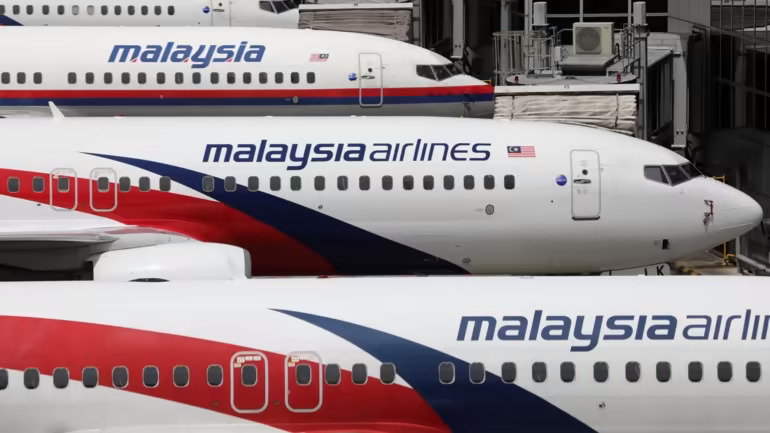
With the anticipated rebound momentum, airlines are beginning to prioritize decarbonization as a critical component of future competitiveness. Passengers may choose green-certified airlines, and governments may begin to pressure the sector to adhere to this new trend. It is projected that substituting SAF for all aviation fuel will cut carbon dioxide emissions by 70% to 90%.
Japan announced plans in the spring to replace 10% of domestic aeroplane fuel with SAF by 2030. In April, the Ministry of Land, Infrastructure, Transport, and Tourism, in collaboration with the Ministry of Economy, Trade, and Industry (METI), established a public-private partnership council to build a supply network.
The Council includes Refinery Eneos Holdings and airport operators, in addition to the country's two main airlines, All Nippon Airways (ANA) and Japan Airlines. They've also lately started talking about how to employ SAF, as well as setting safety criteria for new technologies like electric and hydrogen aeroplanes.
Other Japanese firms are likewise hastening the transition to local SAF manufacture. JGC Holdings, a Japanese engineering firm, and Cosmo Oil, a petroleum distributor, will commence commercial production of the SAF in 2025.
International collaborations began to take form as well. Airbus of Europe and Qantas Airways of Australia launched a cooperative venture on SAF in June. To encourage the growth of SAF in Australia, the two firms will invest $200 million in bio-related enterprises.

The cost of manufacturing SAF, according to METI, ranges from 200 yen to 1600 yen ($1.40 to $11.5) per litre, or 2 to 16 times the cost of regular jet fuel. Businesses must boost client selling prices to offset manufacturing costs.
Through its scheme, ANA may pass on expenses to travellers. In addition, businesses that use aeroplanes for business and other purposes can pay a percentage of SAF costs and get a certificate of CO2 emission reduction. They may compute the real CO2 reduction depending on the flight distance, then acquire the certificate and share it with investors.
However, the SAF's limited supply makes full-scale deployment difficult. According to IATA, 449 billion gallons of SAF must be generated each year to meet the 2050 decarbonization aim. However, just a few businesses have commercialized SAF, such as Finland's Neste, and output is restricted. The annual maximum is 125 million litres.
The European Parliament has decided to support laws requiring the aviation sector to gradually replace kerosene (jet fuel) with cleaner fuels to minimize greenhouse gas emissions and work toward the goal of becoming CO2-neutral by 2050.
According to the language of the agreement passed by the European Parliament, fuel providers at European Union airports must add at least 2% SAF into the gasoline. kerosene data since 2025, and this rate steadily climbs to 37 per cent by 2040, and 85 per cent by 2050, which is more ambitious than the EC's original target level. From 2025, planes refuelling at EU airports must use the above-mentioned percentage of sustainable aviation fuel.
Bao Bao
Related news
- Connecting Leaders, Shaping the Future: Strategic Leadership Planning Meeting – CorporateConnections Hanoi A
- Sunlight - Unilever Vietnam Recognized for Outstanding Contributions to the National Initiative Supporting Women Entrepreneurs
- Deputy Prime Minister Nguyễn Chí Dũng: “The country’s major challenges weigh heavily on my mind — and we must resolve them together.
- Unitsky String Technologies signs cooperation agreements with three Vietnamese partners, opening a new direction for smart mobility and sustainable development
- When artists do business – livelihood is no poetry!
- Before the D‑day to abolish flat‑rate tax: Fear of technology and costs leave small traders struggling to adapt
- Vietnamese enterprises at a crossroads: the impact of a potential US–China deal
- "Digital technicians" must not be forgotten if Vietnam aims to meet its strategic goals
- HDBank: Impressive profit growth, leading in profitability and advancing international integration
- TNI King Coffee sued for over VND 5 Billion in unpaid debts
- VINASME and Jeonnam Technopark Sign MOU on technology cooperation, human resource training, and trade promotion
- Vietnamese entrepreneurs strengthen ASEAN connectivity in the digital iIntegration era
- Prime Minister: Vietnam aims to become a regional logistics hub
- Vietnam upgraded to Secondary Emerging Market by FTSE Russell
- Hanoi’s economy grows 7.92% in first nine months of 2025, FDI surges nearly threefold
- Vietnam’s strong gdp growth fails to ease labor market distress
- US tariffs on Brazil propel Vietnam’s pangasius into global spotlight
- VietLeap AI Accelerator launches: A strategic springboard for Vietnam’s AI startups
- CICON expands strategic alliances: A new step forward in Vietnam–Korea business connectivity
- What must Vietnamese enterprises do to maintain their position in the global supply chain?
Đọc thêm Enterprise
List of Vietnam’s 25 Best Workplaces 2025
Great Place To Work® has officially announced the 25 companies featured in the Best Workplaces in Vietnam™ 2025 ranking.
The ambitions of major enterprises in 2025
Major enterprises such as Dabaco, FPT, and KBC have set ambitious plans for 2025, demonstrating flexibility and sharpness in their business strategies.
What do domestic businesses need to overcome difficulties?
Strong and synchronized government support policies are crucial in helping Vietnamese enterprises navigate the current challenging period.
ACV achieved net profit surpassing VND 11,560 billion in 2024
Vietnam Airports Corporation (ACV) has recently announced its 2024 business results, reporting a net profit exceeding VND 11,560 billion, marking a 37% growth compared to the previous year.
Increasing taxes on pick-up trucks: The need to hear public opinion
The proposed tax increase on pick-up trucks is sparking debate. Many representatives argue that this decision could impact workers, businesses, and the domestic automotive market.
"The Vietnam-Korea Investment Cooperation Forum 2024 is a testament to the spirit of innovation and sustainable collaboration."
For Mr. Kim Ki-mun, Chairman of KBIZ, the Vietnam-Korea Investment Cooperation Forum 2024, scheduled for November 21, is not merely an event but also a testament to the spirit of innovation and sustainable collaboration between nations.
KBIZ's 60-year journey in building a solid foundation for South Korea's small and medium enterprise community
With over 60 years of establishment and development, the Korea Federation of SMEs (KBIZ) has emerged as a pioneering force in supporting the small and medium-sized enterprise (SME) community in South Korea.
What categories are included in the additional audit subjects?
On the morning of November 7, the National Assembly discussed the draft amendment of several articles across seven laws, with a particular focus on adding new audit subjects.
Institutional obstacles "tie up" enterprises and challenge economic growth
During a session discussing the 2024 socio-economic development plan, National Assembly deputies emphasized that institutional barriers remain a significant "obstacle" for businesses.
More than 1,000 new real estate businesses established in Ho Chi Minh City, transactions grow
In the first nine months of 2024, Ho Chi Minh City's real estate market witnessed the establishment of over 1,000 new businesses and recorded 1,600 property transactions, signaling a positive recovery trend.


